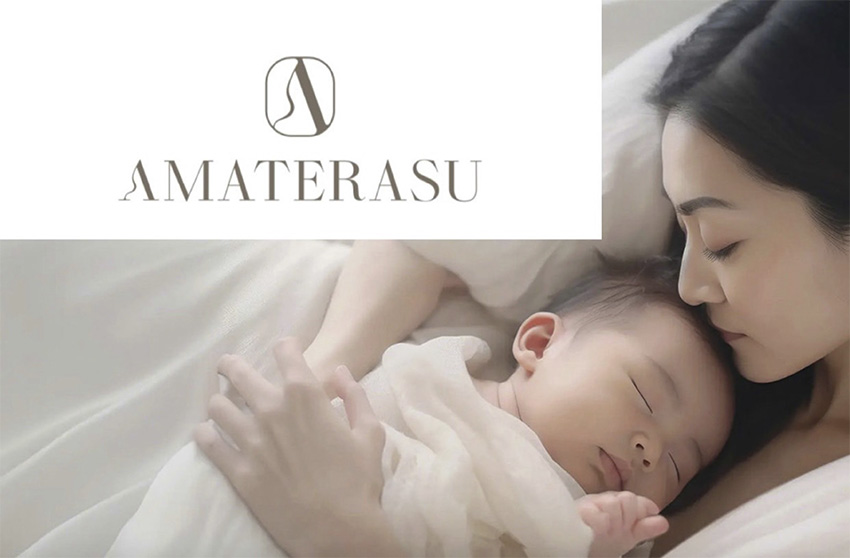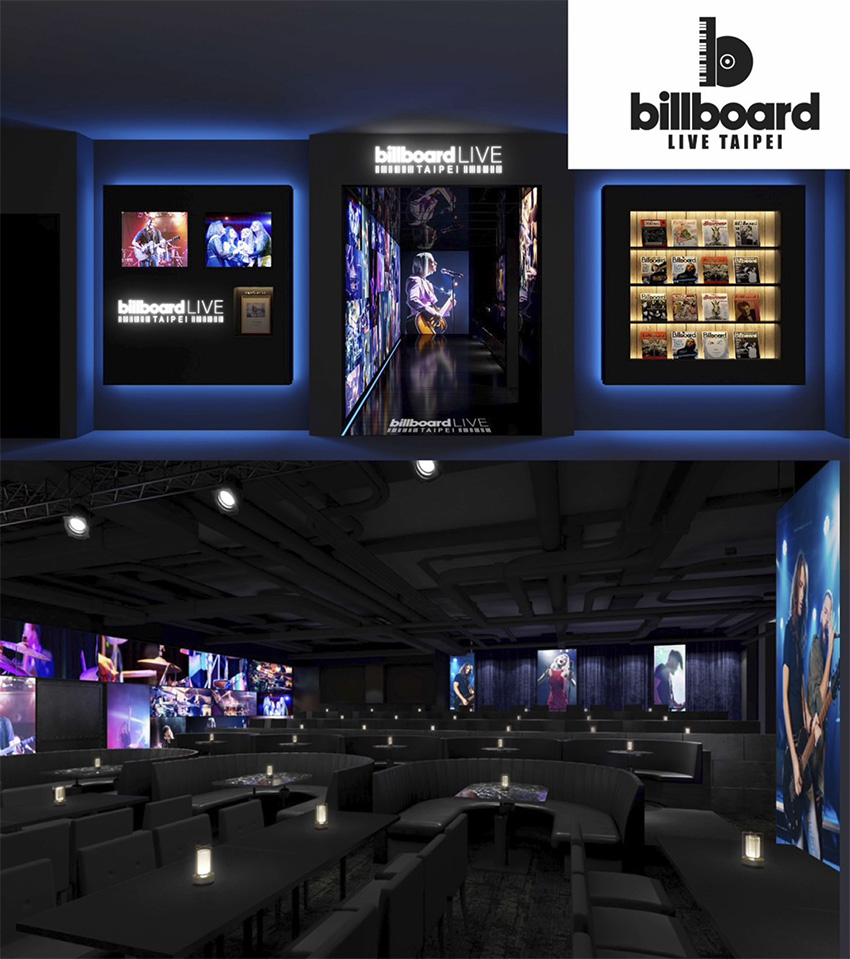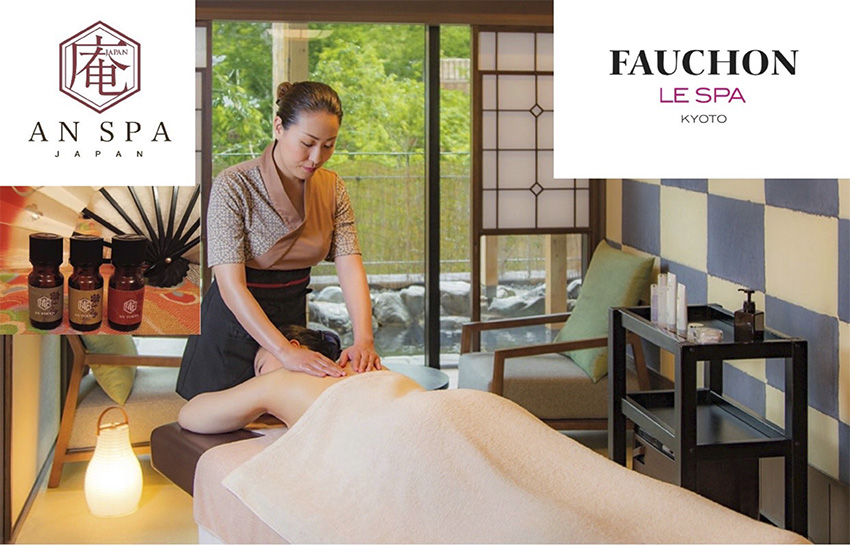Whether 150 years ago or today, one thing remains constant: Japan continues to captivate foreign travelers with its rich culture, deep history, and commitment to wellness. This is reflected in several ways—Japan ranks first on the World Economic Forum’s Travel and Tourism Index, it stands as a leading tourism market in Asia alongside Sri Lanka and Thailand, and last year, 36.8 million visitors came to experience all the country has to offer. As a company that partners with hotels to offer wellness solutions, what makes Japan such a prime tourist destination, and what role does wellness play in that?
Japan is a remarkable country in many ways, and if I had to identify the main driver of tourism, I would say cuisine comes first. Many travelers are drawn here by the desire to experience authentic Japanese food. Another major appeal is the natural environment—Japan offers stunning landscapes, and its nature is truly unique. Whether it’s Mt. Fuji or the trails of Hakone, there are spectacular natural sights everywhere you go. These elements are closely tied to onsen culture and the growing appeal of wellness tourism.
You mentioned the 37 million visitors expected in 2024, and one reason Japan draws so many is the diversity of destinations across the country. More travelers are beginning to move beyond the traditional Golden Route of Tokyo, Kyoto, and Osaka, exploring more rural and regional areas. For example, Kagoshima is a region with a lot to offer tourists, yet it remains relatively undiscovered.
Holistic wellness through cuisine is a path many visitors are embracing. Japanese food is now globally recognized not only for its flavor but also for its health benefits. And it goes far beyond sushi and tempura—each region has its own local delicacies that continue to captivate travelers. Even for Japanese people, exploring the country through its cuisine is a major reason to travel domestically.
Following the record-breaking year in 2024, the Japanese government has set an ambitious target of attracting 60 million tourists annually by 2030. This has shifted the conversation from quantity to quality, with a new focus on achieving JPY 15 trillion in tourist spending by the end of the decade. What opportunities do these targets present for your company’s wellness services, spa brands, and restaurant concepts?
One example is the Hakone area, where 90% of our spa customers are foreign visitors. People coming to the region are looking for an authentically Japanese experience. They’re not interested in Western or Thai spa services—they want something rooted in Japanese tradition. After all, it doesn’t make sense to travel all the way to Japan to experience something that isn’t uniquely Japanese.

When discussing wellness and spa treatments, three words come to mind: hygiene, proper technique, and professionalism. These are essential to any successful spa operation. According to a recent survey by the International Spa Association (ISPA), 82% of spa-goers prioritize cleanliness and therapist qualifications when selecting a facility. All of your staff meet rigorous global standards, and your facilities are accredited by CIDESCO International, a prestigious beauty therapy association based in Switzerland. What does the CIDESCO certification involve, and why did Cred International choose it as the benchmark for your therapists?
Our company is the only one in Japan with CIDESCO certification. We chose this accreditation because it represents the highest standards in the industry, with the most rigorous and challenging curriculum to pass. Our approach to training, hygiene, and overall operations is highly detailed, and we’re committed to running our facilities in a sustainable and professional manner.
Foreign visitors are seeking a distinctly made-in-Japan experience when it comes to spa treatments. What sets Japanese aromatherapy and spa-based treatments apart from those offered internationally?
What comes to mind is the essence and history of Japanese wellness and spa culture. When Westerners think of Japan, they often associate it with Zen or shiatsu, and generally view spa treatments as a luxury. But in Japan, the roots go much deeper. The tradition really began during the Edo period, with practices like shiatsu and onsen hot springs. While these treatments all stem from the idea of healing, their original purpose was to serve the everyday person, not the wealthy. Over time, spa visits evolved into a luxury experience, but the fact that these services were initially intended to be accessible to all—that’s what truly sets Japanese wellness apart.
AN SPA is your Japanese spa brand, offering treatments rooted in traditional techniques and Japanese materials, with locations in New York and Taipei. What kind of in-house experience can visitors expect at an AN SPA?
The first point to mention is the authentic Japanese experience we offer to all visitors at our AN SPAs—not only in Japan, but around the world. Hospitality is another major draw, and Japanese hospitality is renowned globally for its exceptional quality. Visitors can expect excellent service and high-quality treatments whenever they visit one of our locations.
We also need to highlight our products. Take yuzu, for example—something quintessentially Japanese that can only be found here. I recently returned from Taiwan, and our Japanese spas there provide an experience identical to the ones in Japan. That’s why I emphasize unified products—those that are inherently Japanese, yet can be offered internationally. Cosmetics is another area that comes to mind when thinking about these unified Japanese products that have gained traction overseas.
Luxury is something we promote through our award-winning masks. With the introduction of biocellulose, we significantly raised the quality, and it has since become a key component in our masks. These products are suitable for anyone, regardless of age or gender. They provide not only whitening, but also nourishment and deep hydration for the skin. This is one of the key products we introduce to customers in our spas. Exosome is another important ingredient featured in our masks.

Regarding your spa locations in Taipei and New York, have you tailored the experience to suit those foreign markets?
We currently have three facilities in Taiwan, including the one in Taipei, as well as locations in Sri Lanka, New York, and Vancouver. Altogether, around 100 companies are now using our spa wellness services. We’ve been able to introduce these treatments globally through a franchise model that allows us to scale while maintaining the quality and authenticity of our brand.
Over the next five years, you plan to open 100 directly managed stores in the US, along with 1,000 franchise locations. We also understand that you’re currently seeking partners to support this expansion. Your two starting points were New York City and Los Angeles. Why were these locations selected to launch your US expansion?
Expanding into the US felt inevitable, as it’s a global leader in advanced technology. We saw a natural synergy between Japan’s renowned hospitality and the cutting-edge wellness technologies emerging from the US. For example, we have professionals coming from Miami—often considered the epicenter of spa treatments—who are training our staff on advanced equipment, such as automated massage systems. At the same time, we share our own hospitality techniques with these professionals. Establishing a presence in the US was essential for us to lay the groundwork for future expansion in this key market.

One thousand franchises in just five years is an ambitious target. What does an ideal franchisee look like for Cred International, and what kind of support do you offer to future franchise partners?
To be more precise, our current goal is to establish 100 franchise and directly managed stores. The concept is to help hotels evolve—from simply being accommodations to becoming full-service hotel spas. We have a dedicated team focused on reaching out to hotels and pursuing new leads. These transitions are supported by our products and technologies, allowing us to deliver a holistic, all-in-one wellness solution.
Earlier, we touched on your company’s interest in forming partnerships in the US. What qualities or characteristics define an ideal partner for your organization?
Right now, we’re looking for hotel developers—essentially real estate companies with the capability to integrate a wellness spa into their hotel properties. That’s what we consider the ideal partner at this stage. We also have a dedicated wellness fund that supports us in identifying the right fit. We understand it won’t be easy, but we’re committed to finding strong partners and tackling this market head-on.
Your company was founded in 2004, and now in 2025, your services are available in over 2,000 facilities—an impressive feat in such a competitive industry. With major clients like Hilton, InterContinental, and Marriott, why do such distinguished companies choose Cred International over other well-known brands like ESPA or L’Occitane?
We’re unique in the sense that we have no direct rivals, which makes us an obvious choice for many hotels. Each month, we receive around 80 applications for therapist positions—a strong indicator that we’re doing something right. The human element is central to our business, so attracting talent is critical.
As you may know, Japan faces a significant social challenge with population decline, which has created recruitment difficulties for many companies. However, after two decades in this business, we find ourselves in a strong position, with growing interest from professionals who want to join us. These factors, in my view, make us a natural partner for any hotel group.
Your company is fully vertically integrated—from education and spa operations to product development—giving you a unique position to shape the direction of the industry, particularly in Japan. Looking ahead, what new directions do you see your business taking in the future of holistic wellness?
First, I’d like to address each segment based on our ten-year mid-term strategy plan. Over the next decade, we aim to grow the company to ten times its current size, targeting JPY 100 billion in sales, with 30% of that coming from overseas markets. Our mid-term strategy is built around three key pillars: wellness, education, and hospitality.
Imagine we returned on the final day of your presidency to interview you once more. What goals or dreams would you hope to have achieved by that time?
Our overall goal is to expand our global presence, and establishing strong international operations is a key priority for me. At our core, we’re focused on global growth—not just by opening new locations, but by building an efficient ecosystem that localizes the Japanese spa experience so it can be appreciated by people around the world. We want to share the essence of Japanese wellness with as many individuals as possible.
We do have specific goals, and over the next 20 years, I hope to see the company reach JPY 500 billion in sales. But ultimately, those figures are just milestones. What matters more is spreading the true spirit of Japanese wellness globally.
Our services are rooted in the essence of Japanese hospitality, which can only be delivered through the human touch. While technology continues to advance, the need for human technique remains central to our work. That’s the beauty of Japanese hospitality—the meticulous attention to detail—and it’s something we’re committed to scaling on a global level.
For more information, please visit their website at:
https://www.cred-in.com/en/

AloJapan.com